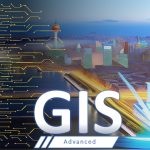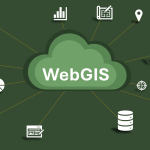About the Course
This comprehensive GIS Spatial Analysis course equips you with the expertise to extract valuable insights from geographic data. Through a blend of theory and hands-on exercises, you’ll learn powerful spatial analysis techniques using industry-standard software.
The course delves into advanced topics such as analyzing vector and raster data types, conducting land availability and land suitability analysis, and utilizing model builder for automation. You’ll gain proficiency in identifying spatial patterns, trends, and relationships within your data.
By the end of the course, you’ll be able to confidently design, conduct, and interpret spatial analysis projects, transforming raw data into actionable knowledge.
Topics
- Foundational Concepts of Spatial Intelligence
- Spatial Data Exploration and Preparation
- Vector Analysis
- Raster Analysis
- Automating Analysis with ArcGIS Model Builder
- Spatial Analysis Workflows and Automation
Target Group:
This course is designed for professionals with a working knowledge of GIS who seek to enhance their spatial analysis skills. It’s ideal for those working in fields like local governmental agencies, urban planning, engineering, and market research.
Prerequisites:
Basic understanding of GIS concepts
Familiarity with ArcGIS Pro 3.0+
Course Outputs:
Upon completion, you’ll be able to:
- Apply a range of vector and raster analysis techniques to address real-world problems.
- Critically evaluate and interpret spatial data patterns identified through analysis.
- Design and execute comprehensive spatial analysis workflows that incorporate vector, raster, and automation techniques.
- Automate repetitive tasks using ArcGIS ModelBuilder to improve efficiency.
- Communicate spatial analysis results effectively through maps, reports, and well-documented workflows.
- Leverage spatial analysis for informed decision-making.






